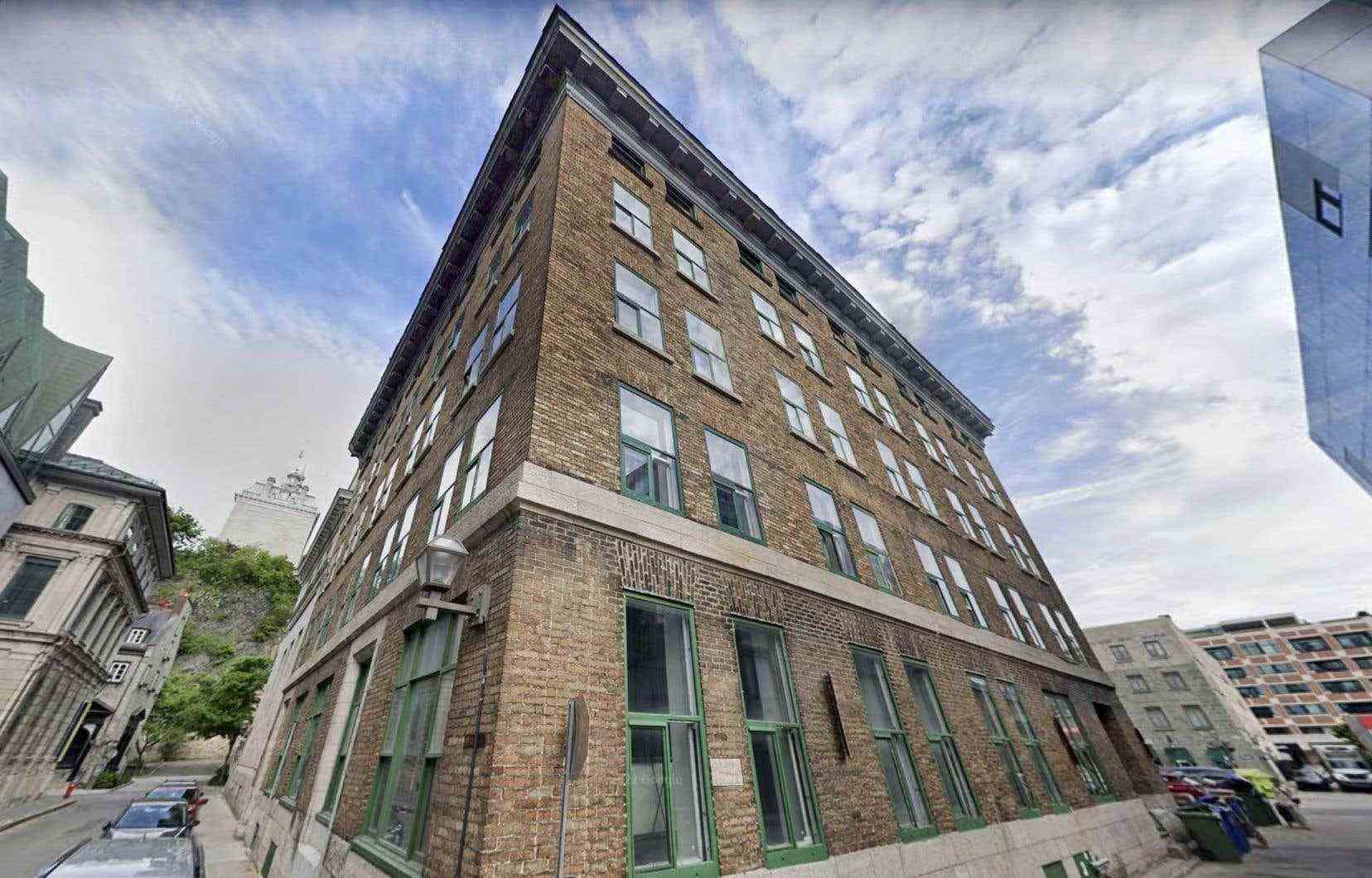Quebec artists are struggling to find studios in which to create. Twenty years after the golden age of the L’Allier era, they are now facing a shortage of premises caused by real estate speculation and aggravated by an overly restrictive regulatory regime. Faced with this desert, many prefer to leave the capital in favor of the regions or Montreal.
The extent of the crisis brought together around thirty artists from all walks of life, Wednesday evening, around the lack of workshops which forces creators and creators to uproot themselves to work. The evening, convened by the new Atelier rêve committee, brought out a consensus: there is an urgent need to act to curb the exodus.
Creative spaces are more and more the expense of the market. Workshops and artists, given over to real estate speculation, live under the threat of eviction each time a building changes hands.
At the beginning of September, the sale of 17, rue de la Barricade, in the Old Port, threw around thirty artists into the street. In this century-old building located a stone’s throw from the Musée de la civilisation, yesterday’s workshops will become tomorrow’s tourist accommodation.
The artist Marie-Hélène Parant is one of the ousted. “With each eviction, it’s a part of Quebec’s cultural heritage that goes in the trash,” laments the one who can no longer count on her ten fingers the number of moves, voluntary and suffered, that she had to go through in the course of his career.
Once again, she must find a new home in which to deploy her art — in a city and an economic context where rents are scarce and prices are soaring. “Several artists leave Quebec to go to the regions,” emphasizes Marie-Hélène Parant. Resignation wins over her: she herself thinks of looking elsewhere to find a studio.
The city listens
A city like Quebec knows what it owes to its artistic community. At the turn of the 2000s, the administration of former mayor Jean-Paul L’Allier, anxious to inspire a revival in the lower town of the capital, notably relied on artists to make Saint-Roch shine. A few decades later, the vitality of the district still owes a proud candle to the designers who have energized it.
“The presence of artists in the neighborhoods is extraordinary and extremely valuable,” says the advisor responsible for cultural files Catherine Vallières-Roland. We are well aware of the challenges they are experiencing, but the current context poses new problems due to the cost of rents in the city center and the current low vacancy rate. »
Currently, the City of Quebec offers a grant reserved for artists in visual arts and crafts to help them stay in their studio. This support is used to reimburse part of the rental or acquisition costs of a space, whether it is residential or not. “About thirty artists benefit from it each year”, according to the elected official, who also underlines the existence of the Ateliers du Reactor, a place of creation set up by the City under Régis Labeaume – and decried by all the artists met at the evening of Atelier rêve.
“We don’t even have the right to drive a nail into the walls,” laments Marie-Hélène Parant in particular. A sculptor explains that his premises of less than 100 square feet cost him, five years ago, 380 dollars per month. All criticize the Frost fence which separates the premises of each tenant. A lack of intimacy, according to the main concerned, touted as an encouragement “to the synergy between the tenant artists” on the website of the Workshops.
In the short term, the administration of Mayor Bruno Marchand is considering appealing to owners of vacant buildings. “Their premises could be used by artists on a temporary basis, and that could contribute to the revitalization of our commercial arteries,” believes the elected official. The City, however, also promises to tackle the problem in the long term.
“We are thinking about models that will be sustainable over time, to ensure that these places retain an artistic vocation for several years,” adds the adviser, referring to the creation of a trust or the purchase of buildings. with public or private partners.
Regulations that are too rigid
The Marchand administration also plans to bring residents back to Old Quebec to prevent the sector from losing its soul and being reduced to a tourist postcard. Councilor Vallières-Roland does not rule out creating a place for artists as part of this project, which is still in its infancy.
The capital also has its share of abandoned churches in search of a new vocation. Montreal, in this regard, is paving the way by allowing the temporary occupation of empty spaces, a promising solution for artists — and often economical. Other municipalities, such as Chicoutimi and Trois-Rivières, have their Touttout and Silex workshops, which are the envy of Quebec artists.
They are mobilizing to find solutions and make their grievances heard. They denounce in particular an overly rigid regulatory framework, which limits mixed uses in the city center and which restricts the establishment of workshops. “There is a lack of spaces where we can create heat, dust, noise…” underlines the sculptor Jean-Robert Drouillard.
The procedure is no less complicated in the remote peripheries. Julie Picard, visual artist, had to go out of her way to obtain permission to create in her house in Beauport. “Obtaining zoning to set up an artists’ studio and constructing a 15-storey building is the same thing,” she laments. It’s also complicated. »
“Everyone wants to stay in Quebec, but for many artists, it’s currently impossible,” concludes Marie-Hélène Parant. It’s a shame, because it deprives our city of those who will perhaps become, tomorrow, artists who will shine internationally. »
